The citrus industry is a vibrant tapestry of colorful fruits, luscious aromas, and economic vitality, particularly in states like Florida and California. However, lurking in the shadows is the threat of a devastating citrus disease known as Huanglongbing (HLB), or citrus greening. This disease has already wreaked havoc in Florida, and now, there are growing concerns that it might spread across the nation. The implications of such a spread could be profound, affecting not only the citrus industry but also local economies and ecosystems.
The Origins of Huanglongbing (HLB)
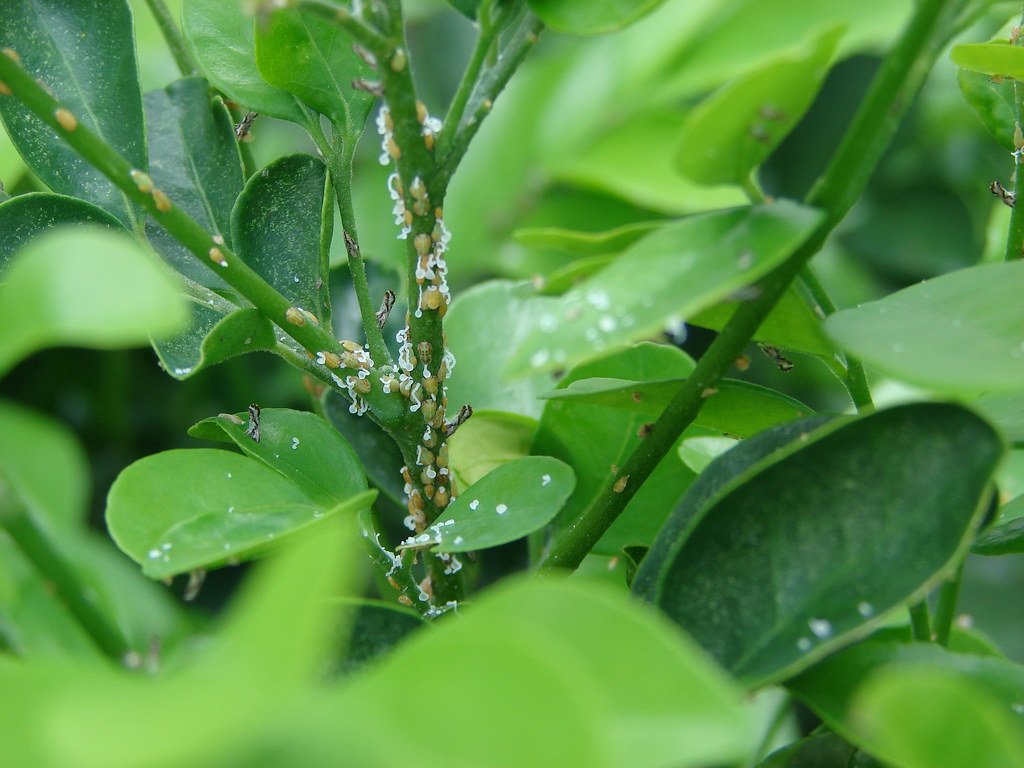
Huanglongbing, meaning “yellow dragon disease” in Chinese, first emerged in Asia before making its way to the Americas. This disease is caused by a bacterium spread by a tiny insect called the Asian citrus psyllid. The bacterium infects the phloem of citrus trees, disrupting the flow of nutrients and leading to yellowing leaves, misshapen fruits, and eventual tree death. The disease is like a stealthy intruder; it can remain hidden for years before symptoms become apparent, making early detection and management extremely challenging.
The Impact on Florida’s Citrus Groves
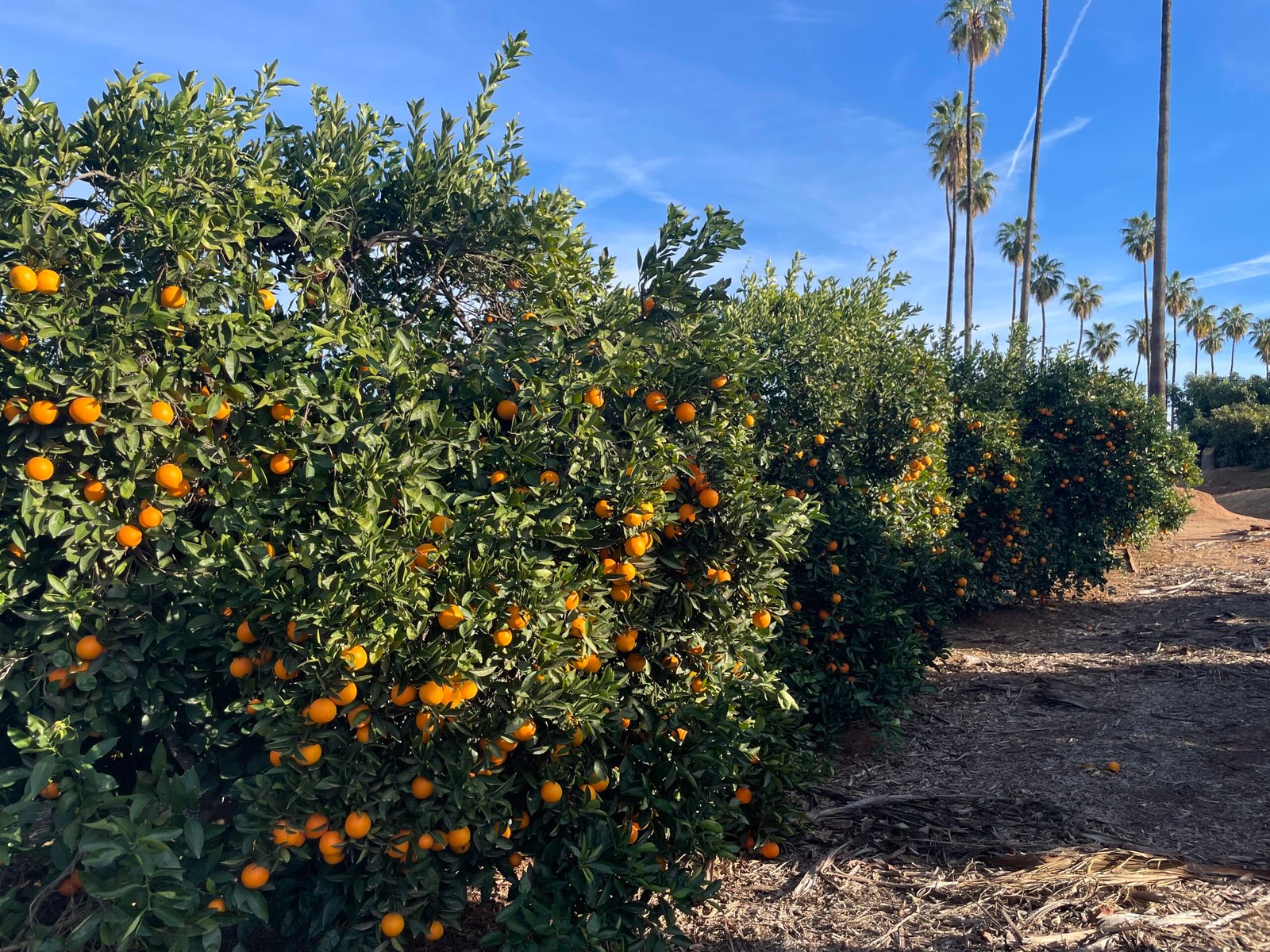
Florida, once the epicenter of America’s citrus production, has been hit hard by HLB. The disease has decimated groves, reducing orange juice production significantly. Farmers are battling a relentless enemy, as infected trees yield fewer fruits, forcing many to abandon their groves altogether. The economic toll is staggering, with billions of dollars lost and countless jobs affected. It’s a harsh reminder of nature’s unpredictability and the delicate balance of agricultural ecosystems.
California’s Precautionary Measures
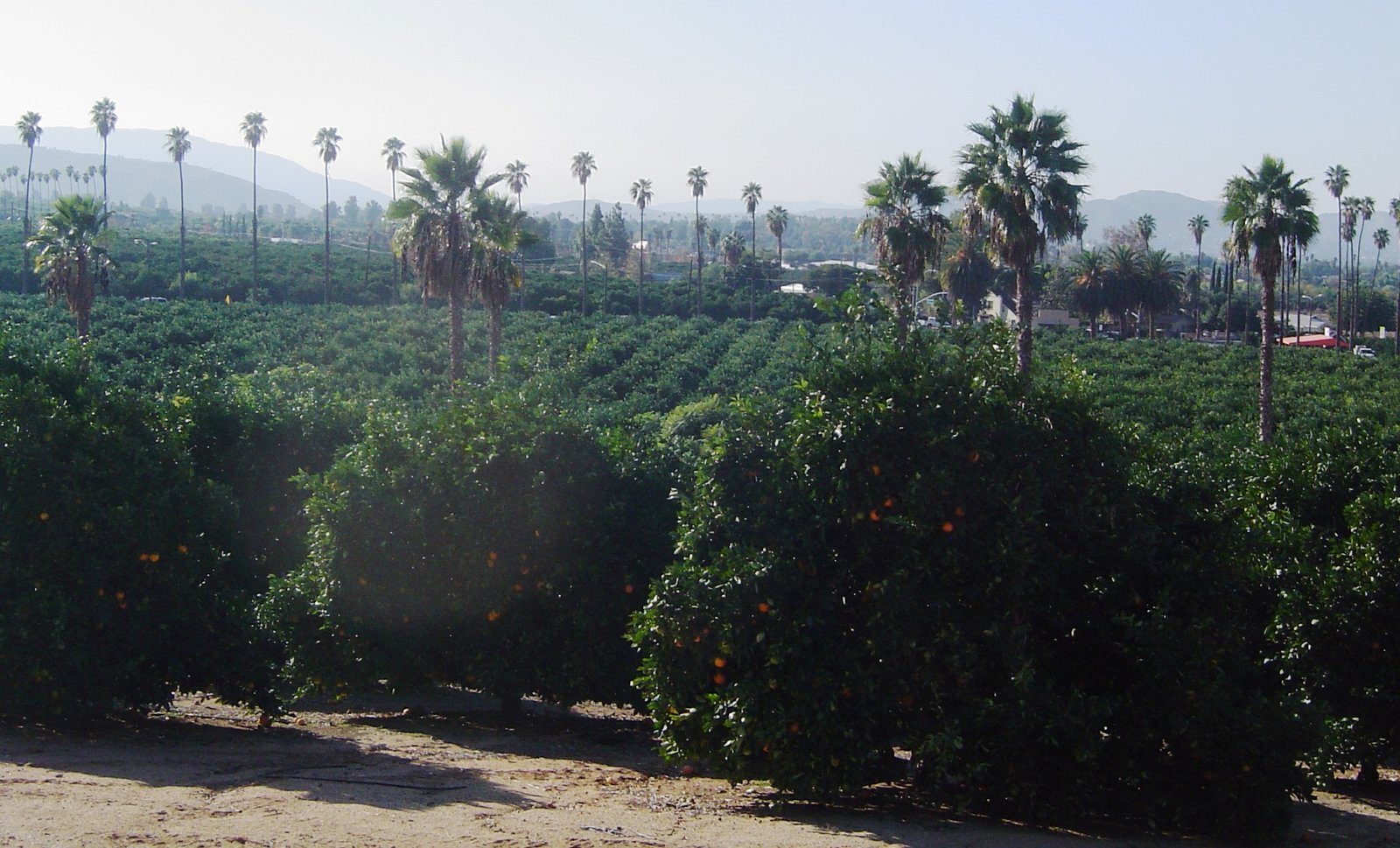
California, aware of the devastation in Florida, is taking proactive steps to prevent HLB from taking hold. The state has implemented strict quarantine measures, monitoring, and rigorous testing protocols. There are also educational campaigns aimed at farmers and the public to identify and report any signs of the disease. It’s a race against time, as the warm and conducive climate of California could provide an ideal breeding ground for the disease if it ever takes root.
The Role of the Asian Citrus Psyllid

The Asian citrus psyllid, a small but formidable foe, is the primary vector for HLB. These insects are difficult to control due to their rapid reproduction and ability to spread quickly across vast distances. They act as tiny carriers, transferring the HLB bacterium from one tree to another. Understanding and managing the psyllid population is crucial in preventing the spread of the disease. It’s a challenge akin to fighting a wildfire; one small spark can lead to widespread destruction.
Scientific Research and Innovations
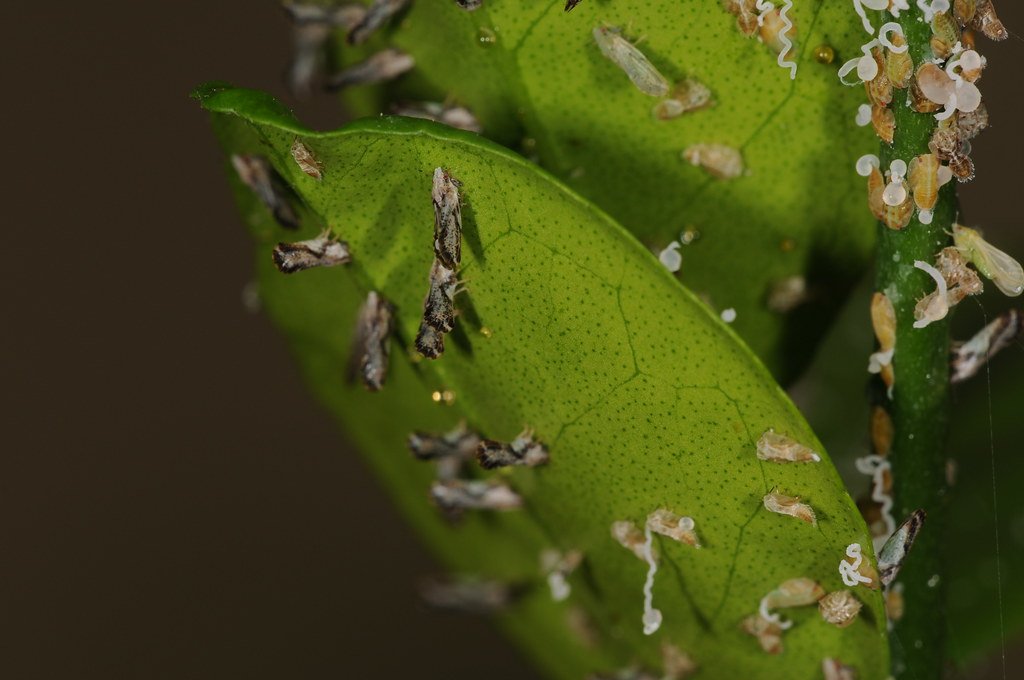
Scientists are working tirelessly to combat HLB, exploring various avenues from genetic research to biological controls. Innovations like disease-resistant citrus varieties and beneficial insects to control psyllid populations are promising. Researchers are also investigating antimicrobial treatments to target the bacterium directly. It’s a scientific race against nature, with each breakthrough offering a glimmer of hope for the future of citrus production.
The Economic Implications
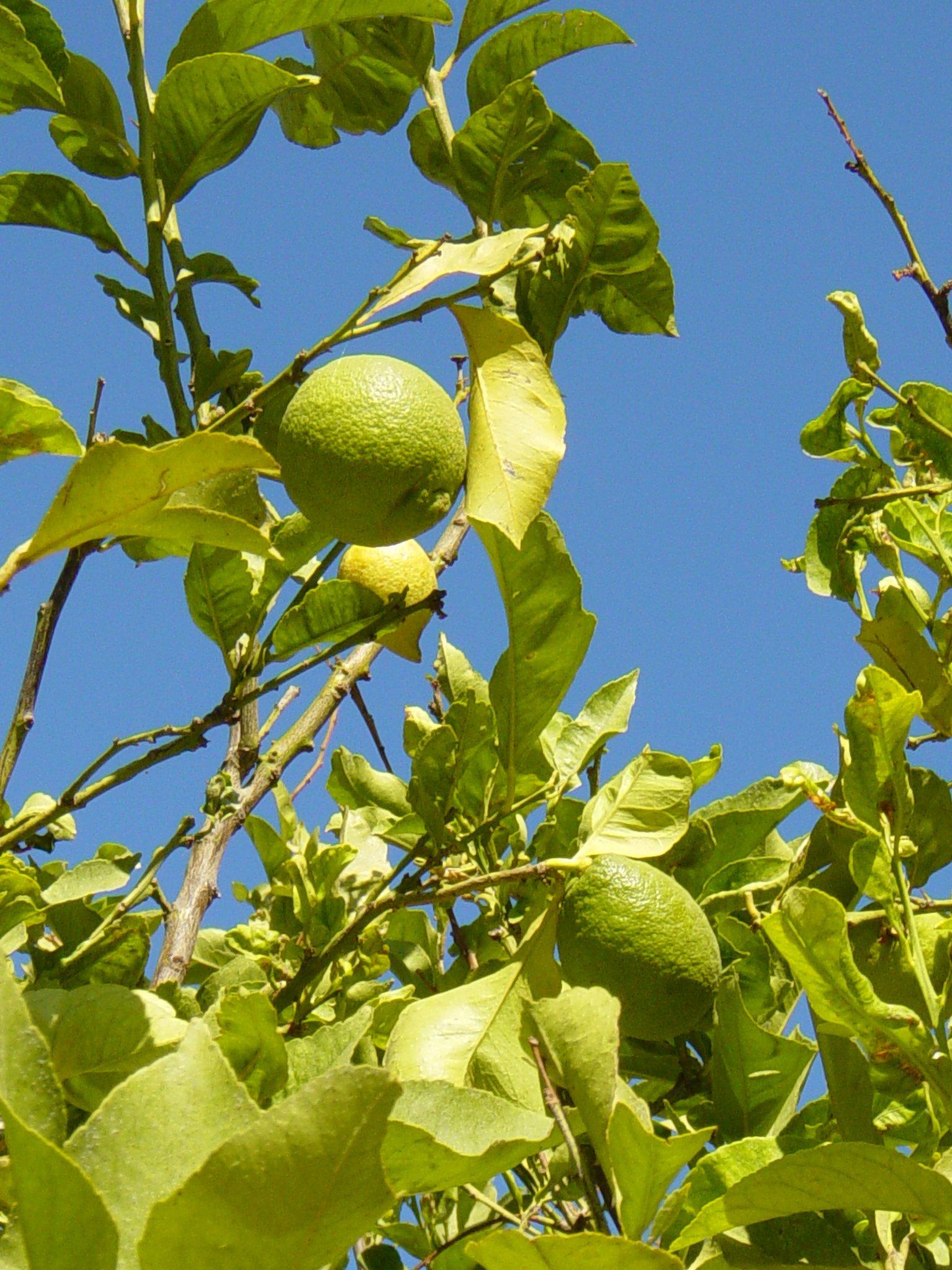
The spread of HLB could have far-reaching economic consequences. The citrus industry contributes billions to the U.S. economy, providing employment and supporting local communities. A national spread of the disease could lead to increased costs, reduced exports, and a loss of market competitiveness. It’s a stark reminder of how interconnected agriculture and the economy are, with one influencing the other in complex ways.
The Environmental Impact
HLB doesn’t just threaten the citrus industry; it poses risks to the environment as well. The increased use of pesticides to control psyllid populations can lead to ecological imbalances, affecting beneficial insects and pollinators. Moreover, abandoned groves can lead to habitat loss for wildlife. It’s a delicate dance between managing the disease and preserving the environment, highlighting the need for sustainable practices.
Public Awareness and Education

Educating the public and stakeholders about HLB is crucial in preventing its spread. Awareness campaigns can empower farmers, gardeners, and consumers to identify and report symptoms early. Knowledge is power, and in this case, it could be the key to safeguarding the nation’s citrus groves. It’s a collective effort, where everyone plays a part in protecting a cherished industry.
Lessons from Florida’s Experience
Florida’s battle with HLB offers valuable lessons for other states. The importance of early detection, rapid response, and collaboration cannot be overstated. Florida’s experience underscores the need for a comprehensive approach, combining scientific research, public policy, and community engagement. It’s a lesson in resilience, where adapting and learning from past challenges can pave the way for a more secure future.
The Path Forward
As the threat of HLB looms, the path forward requires a united effort. Collaboration between states, scientists, farmers, and policymakers is essential. It’s a call to action, urging stakeholders to work together to prevent a national spread. While the road may be fraught with challenges, the determination to protect the citrus industry remains unwavering. The future of citrus may hang in the balance, but with innovation, vigilance, and cooperation, it can be safeguarded for generations to come.




